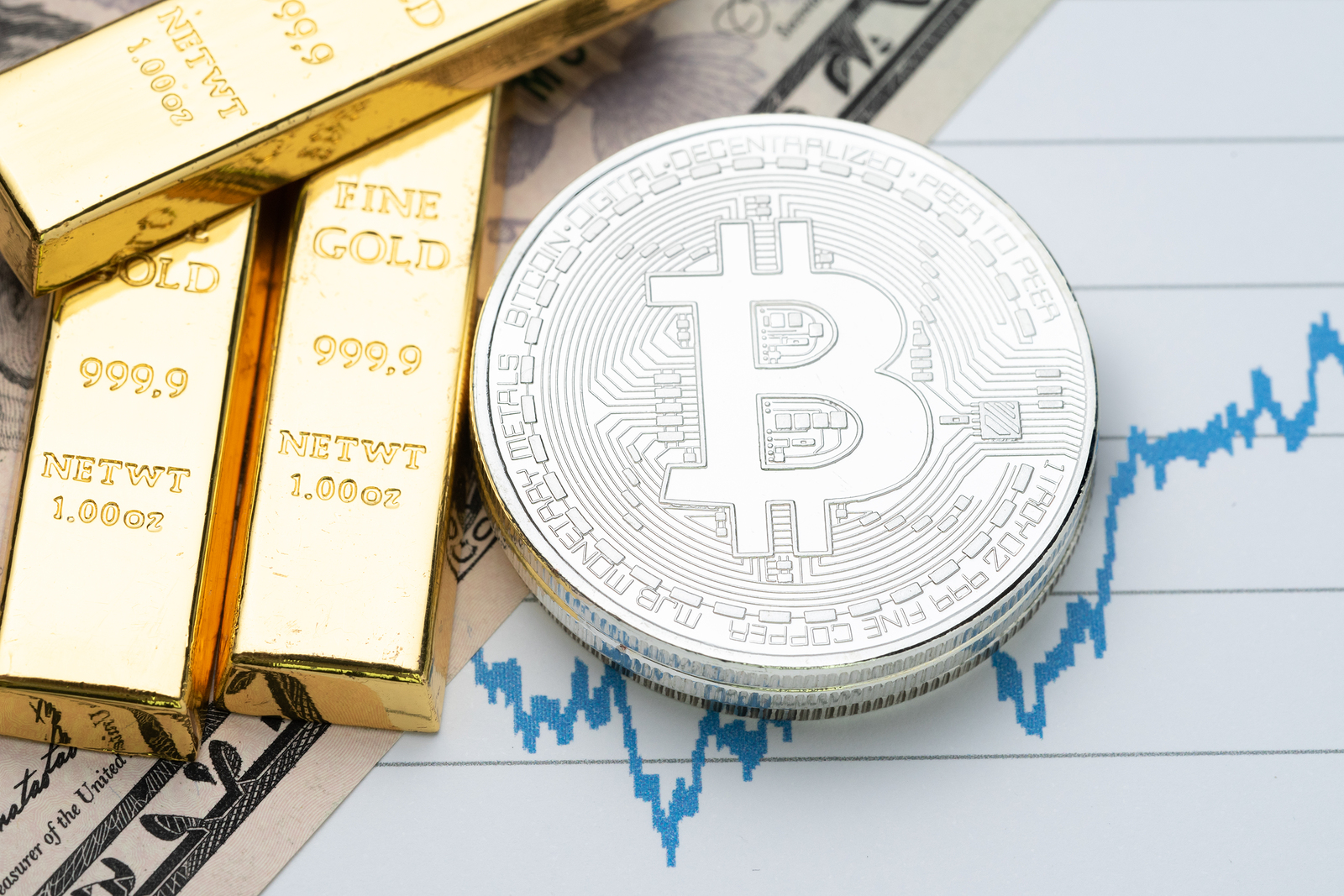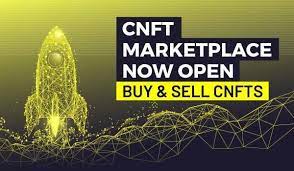Commodity Trading: A Comprehensive Guide
In the commodities market, a commodity is a tangible product that may be purchased or sold. Meanwhile, there are two types of commodities: hard and soft. The natural resources that make up hard commodities, such as oil, gold, and rubber, are usually mined or extracted. And agricultural items such as coffee, wheat, and maise are examples of soft commodities. So there are roughly fifty leading commodity exchanges for the most often traded commodities globally, while crude oil is the world’s largest traded commodity. So you may learn to trade commodities and more about the oil market below.
What’s the Deal With Trading Commodities?
Commodities are bought and sold by investors via futures contracts on an exchange or over-the-counter forward transactions. Essentially, this implies that prices are agreed upon months in advance and that the amount and minimum quality of the item are standardised via these exchanges. A wheat contract on the Australian Commodity Exchange, for example, may include 5,000 bushels. Because of this, it doesn’t matter where the wheat is cultivated or how different it is in quality from another batch.
Actual items will be traded on the physical commodities market. Futures contracts may also be purchased for corn cultivation months in the future by a breakfast cereal manufacturer. And if the future market price of corn is greater than the agreed price, the buyer will be protected by purchasing under a futures contract. And both parties may plan and budget comfortably because of the predictability of the transaction.
What Is the Worth of the Commodity?
News trading is observing and reacting to current social, political, and economic trends, while both short-term and long-term traders may benefit from this. If, for example, a report said that gold demand had fallen to its lowest level in 10 years, many traders would be tempted to sell their gold holdings in anticipation of a decline in its value. So if the number of persons selling gold suddenly rises, it affects your transactions since it will drop gold prices and change the value of gold.
Trends in Commodity Prices
Most commodities traders use technical analysis as part of their trading strategy. And technical analysis is a method of predicting future price movements based on historical data. So an excellent place to start for new traders is to learn to read charts. Basic charting knowledge might help you foresee a possible shift in the stock market. And one place to begin your research is the price chart of the market you’re considering trading.
One of the essential trading laws is to always trade with the trend. The best moment to purchase an up-trending commodity is when it breaks out to new highs, for example, fundamental technical analysis. Of course, there’s no assurance that technical analysis will lead to success. Many commodities traders use news releases and economic events as a basis for event-driven trading. As a result, they’ll be keeping a close eye on the commodities market to take advantage of any price moves.
CFDs on commodities are also an option for investors. And it is possible to trade CFDs without owning the asset you are trading on. Instead, learn to trade commodities to create a position based on your belief that the price of the commodity you are selling will rise or fall. Meanwhile, leveraged products, like CFDs, provide you with a broader view of the market. But, while making a more significant deposit might increase returns, this is not always the best strategy.




